Hot off the presses, the travel tastemakers over at Skift recently published a new report: Megatrends Defining Travel in 2016. And it didn’t take long to find food tourism called out – Skift listed it at #3! No surprise over here – we even partnered with Skift to produce The Rise of Food Tourism report last year.
“Food has an unmatched ability to communicate a unique sense of place. Local cuisine provides a direct connection to the history of a region, the soul of its people and the rhythm of daily life.”
– Greg Oates, Megatrends Defining Travel in 2016
It’s nice to see that year after year, food tourism coverage is only continuing to grow. This makes sense as immersive, authentic and experiential tourism offerings are exploding in popularity. Today, the type of food experiences available engage all five senses, make lasting taste-based memories and best of all, let you go behind the scenes, get your hands dirty and do it yourself. Food tourism is experiential tourism.

Here are our top take-aways from the Skift Megatrends report. Download it for free here.
1. The Bourdain Effect – Food is now the leading hook in travel.
One of the indicators that food tourism is taking over? Many international travel brands and destination marketing organizations are creating campaigns around their unique “tastes of place”. Not only that, but they’re weaving local food stories into other tourism assets. We saw some great examples of this in the Rise of Food Tourism Report, specifically at music festivals where festival organizers are now spending as much time booking chefs as they are bands.
2. Food Tourism > Culinary Tourism.
Whereas the term ‘culinary tourism’ has sometimes been perceived to be elitist – referring to tasting menus and high ticket VIP experiences – ‘food tourism’ has shown to have a more populist appeal. You don’t need a lot of money to enjoy a life-changing meal. On the contrary, the search for authenticity on our tables has led to a reappreciation of simple, rustic and communal-style meals. Great food doesn’t automatically go to the highest bidder or come with the highest price tag. Case in point provided by Skift: Southeast Asian street food has taken the world by storm. So much so that the Michelin Guide just added a new category for their lauded star ranking system to capture food stalls in Hong Kong and Macau.

3. The red, white and blue are coming for you. Hopefully.
With the strongest American dollar in over a decade, travel outside of the U.S. has only become more appealing for Americans. In fact, they’re almost guaranteed a favourable exchange rate at whichever destination they set their sights on. As their neighbours to the north, there’s huge opportunity for Ontario (and the rest of Canada) to capture some of that travel-hungry market.
4. Life is but a stream.
User-generated content is still huge – but video is gaining. As Skift points out, smart brands are using video to tug on their customers’ heart (and purse) strings and trigger an emotional response. By 2017, Cisco estimates that streaming video will take up 2/3 of an individual user’s Internet data. It’s no wonder that top travel brands are scrambling to get their video communications online and uploaded.
5. Move over Millennials, if ever so slightly.
Enter Generation Z. Yes, they’re new to us too but according to the Megatrends report, they already account for 1/6 of the world’s population. And by 2020, they’ll have a combined purchasing power of $44B in the U.S. alone. So just who is a Gen Z? At this moment, it’s anyone between the ages of 6 and 20 years of age.
According to Skift, the only number you really need to remember when it comes to this fledging cohort is 8 – that’s projected to be the average attention span for a Gen Z-er. As a result, we’re likely to see a continued move towards visual content with images that can be processed within seconds. In terms of social media, Skift predicts that Instagram and Snapchat will be the new Facebook and Twitter for this generation.




